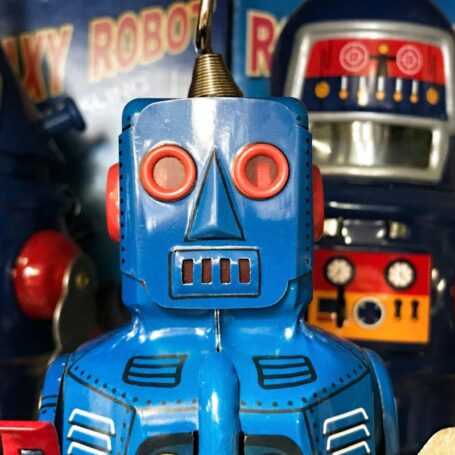In defense of psychoanalysis
There’s no denying that Freud’s theories are deeply embedded in the fabric of modern life. However, as Robert Rowland Smith explores in “In Defence of Psychoanalysis,” published in the Winter 2010 issue of Intelligent Life, Freudian methods, particularly psychoanalysis, have lately fallen out of favor.
Cognitive Behavior Therapy (CBT) has in turn rise in popularity. CBT seeks to improve a patient’s inner state by modifying outward behaviors, an inverse approach to that of psychoanalysis. While psychoanalysis investigates the root cause of a problem, which often relates back to childhood, CBT addresses the present-day issue. As compared to psychoanalysis, CBT is usually short-term – most treatments are limited to about thirty sessions.
The quick-fix mentality of modern life makes CBT understandably appealing. However, as Smith states: “Relationships are fundamental to happiness. And so a science that has the courage to include the doctor’s relationship with the patient within the treatment itself, and to work with it, is a science already modelling the solution it prescribes.”































































































in RS faith and sant mat, the mind talked about seems to be different from the mind talked about by a psycho analyst, the later talks about the material mind whereas material mind is simply an instrument in the santmat analysis……
I have established an analogy between practice of meditation and psychoanalysis. Julian B. Rotter (1970) writes in his book Clinical Psychology “Other professions which overlap clinical psychology are those of the psychiatrist, social worker, lawyer, speech pathologist, and religious worker. All these professions are concerned in one way or another with the individual’s adjustment to a special set of circumstances”. Now the question arises what does a religious worker does to help an individual for his/her adjustment with himself/herself and with the society? The one apparent answer is guiding people to perform devotional exercises. Perhaps answer lies in the following… Read more »